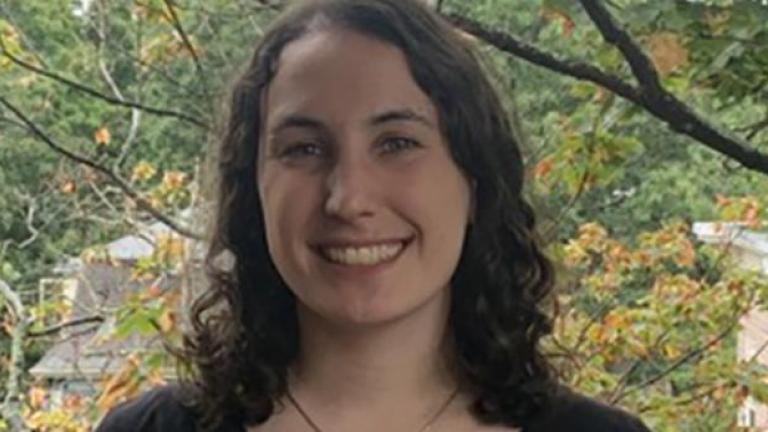
Helen Hill | MIT Darwin Project
Wednesday, September 2, 2020
The MIT Darwin Project is thrilled to welcome another brilliant new MIT-WHOI Joint Program graduate student to its ranks this fall.
Read this at The MIT Darwin Project
Zoe Aarons is a first-year graduate student in Biological Oceanography at the MIT-WHOI Joint Program. She graduated from Bowdoin College in 2019 with a major in Earth and Oceanographic Science and a minor in Computer Science.
Although what she will ultimately be working on remains very much TBD, Aarons says she and Mick are talking about a project using numerical modeling to study sea ice algae in the Arctic. “I am very interested in using models and remote sensing to examine phytoplankton populations (particularly in polar regions) and to understand how climate change is altering phytoplankton dynamics and therefore carbon cycling,” explains Aarons.
Aarons has always been fascinated by the oceans and feels fortunate to have had the opportunity to take an introductory oceanography course during her first year of college. “As an undergraduate, I conducted research in marine biogeochemistry and paleoceanography as well as the tracking of tropical cyclones in climate models which sparked a passion for using computational methods to study the oceans. During my coursework, I became fascinated with understanding how phytoplankton are impacted by climate change, and it was these interests that drew me to the work in Mick Follows’ Group, exploring phytoplankton dynamics at the cellular to community scale and using models and satellite data to answer questions about biology and climate.”





